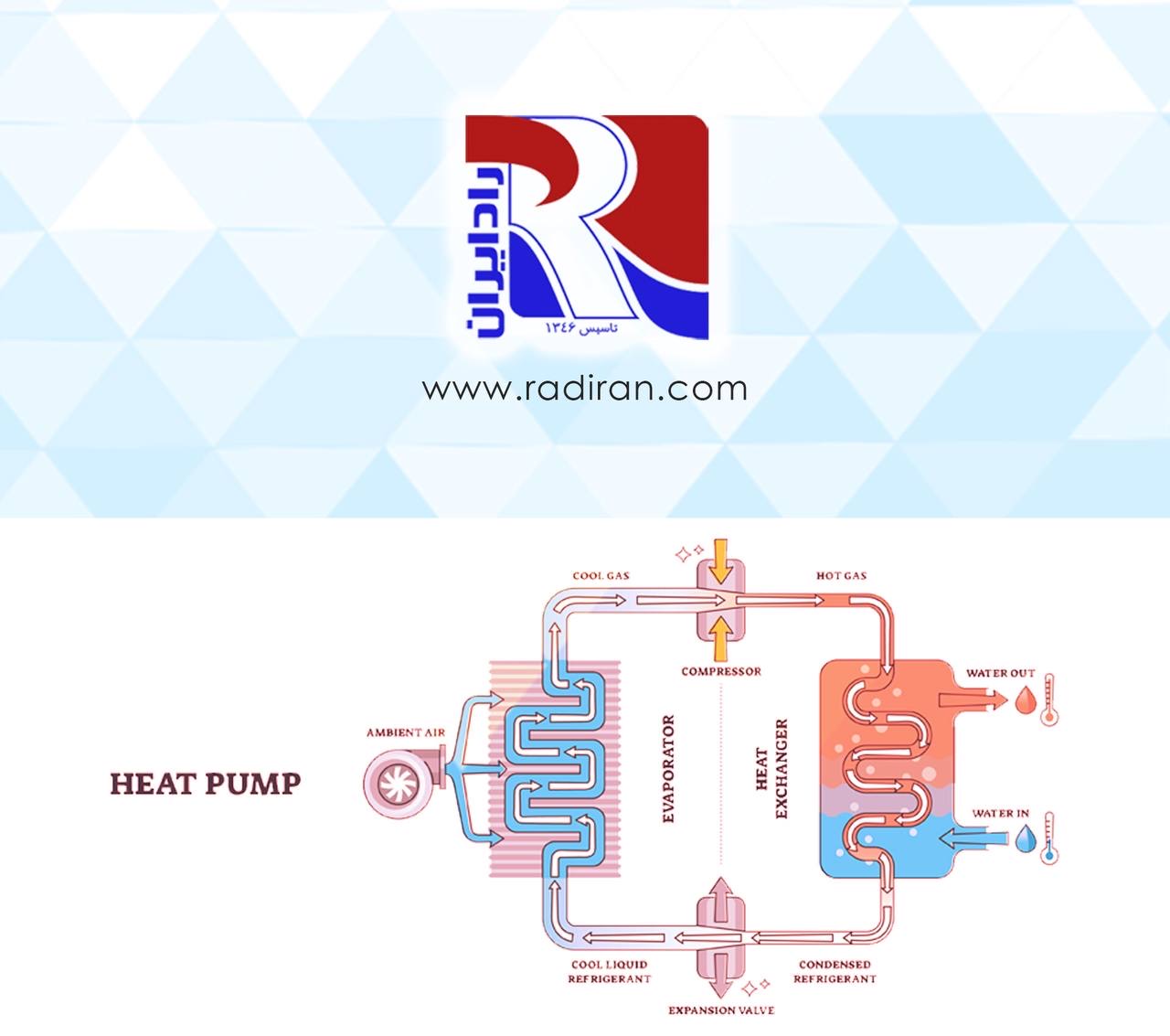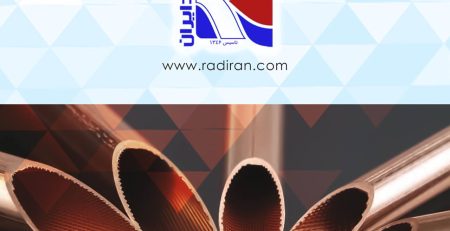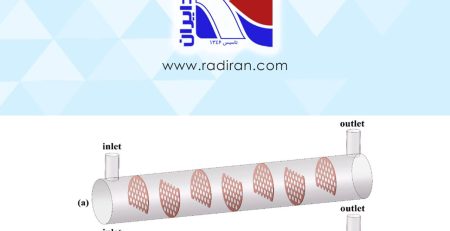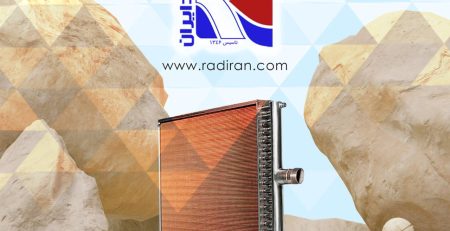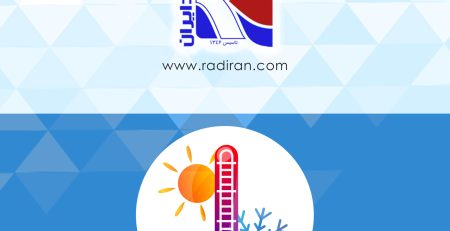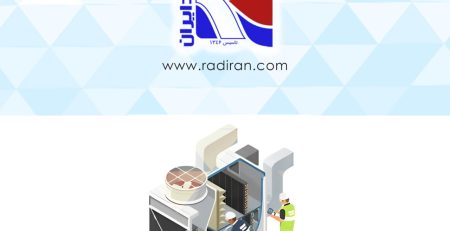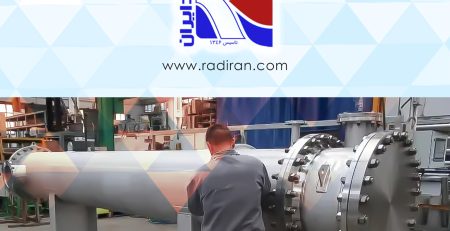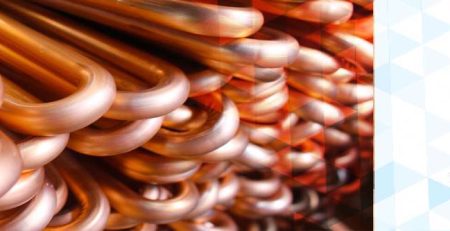Technical Study of heat-pumps
In technical terms, a heat pump operates based on the principles of thermodynamics and utilizes a refrigeration cycle. Here’s a more in-depth explanation:
1. Refrigeration Cycle:
– The heat pump’s refrigeration cycle consists of four main components: an evaporator, a compressor, a condenser, and an expansion valve.
– In heating mode, the refrigerant evaporates in the evaporator coil, absorbing heat from the outside air, ground, or water.
– The compressor then pressurizes the low-pressure, low-temperature vapor, raising its temperature and pressure.
– The high-pressure, high-temperature refrigerant is then condensed in the condenser coil, releasing heat to the indoor space.
– Finally, the expansion valve reduces the pressure of the refrigerant, and the cycle repeats.
2. Heating Mode:
– In heating mode, the heat pump extracts heat from a low-temperature source (air, ground, or water) and elevates it to a higher temperature suitable for space heating.
– This process is energy-efficient since it relies on the heat transfer rather than directly generating heat.
3. Cooling Mode:
– In cooling mode, the heat pump reverses the cycle. It extracts heat from indoor air and releases it outdoors, cooling the indoor space.
– The same components function in reverse, with the evaporator coil now acting as a condenser and vice versa.
4. Energy Efficiency:
– Heat pumps are known for their high efficiency, especially in moderate climates. They can provide 1 to 3 units of heating or cooling for every unit of electricity consumed.
– Efficiency may decrease in extreme temperatures, leading some systems to incorporate supplemental heating methods in colder climates.
5. Types of Heat Pumps:
– Air-source heat pumps extract heat from the outdoor air.
– Ground-source (geothermal) heat pumps use the relatively constant temperature of the ground or water as a heat source/sink.
6. HVAC System Integration:
– Heat pumps are integral components of HVAC systems, working alongside air handlers, ductwork, and thermostats to provide comprehensive climate control.
– Modern systems often include smart features for precise temperature control and energy optimization.
In summary, the technical intricacies of a heat pump involve the efficient manipulation of refrigerants to transfer heat, offering a versatile and energy-efficient solution for both heating and cooling within HVAC systems.

